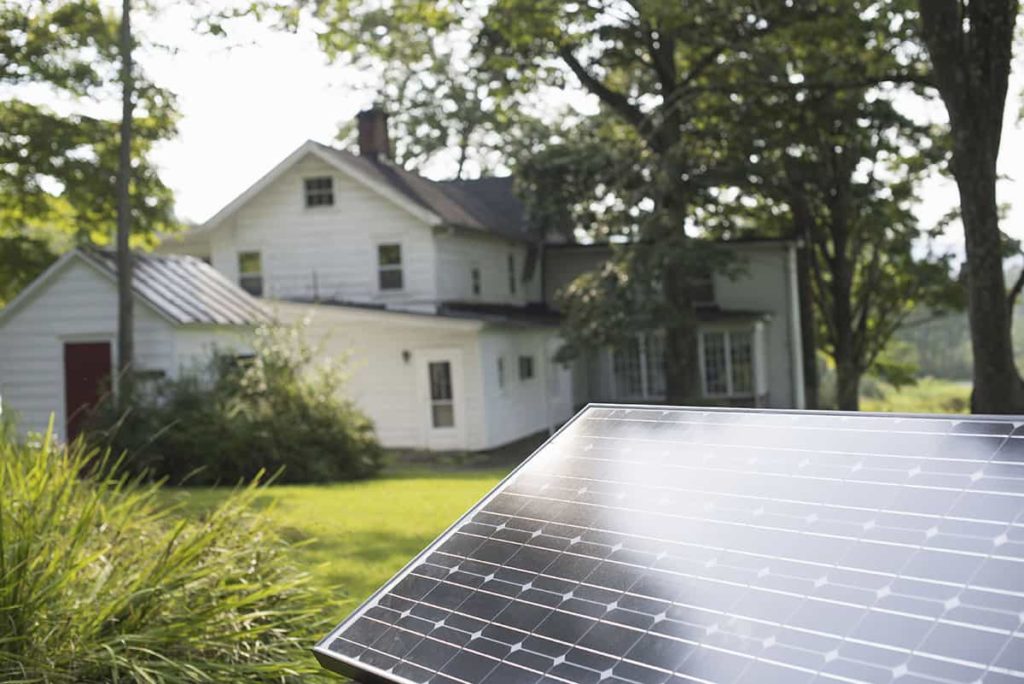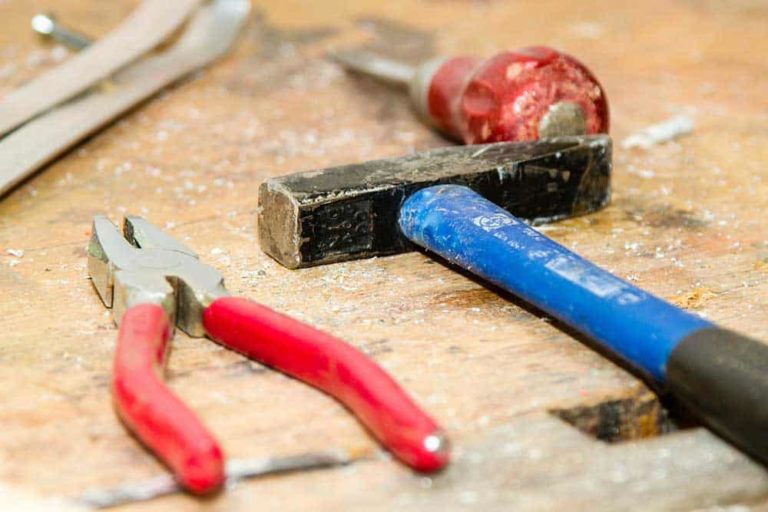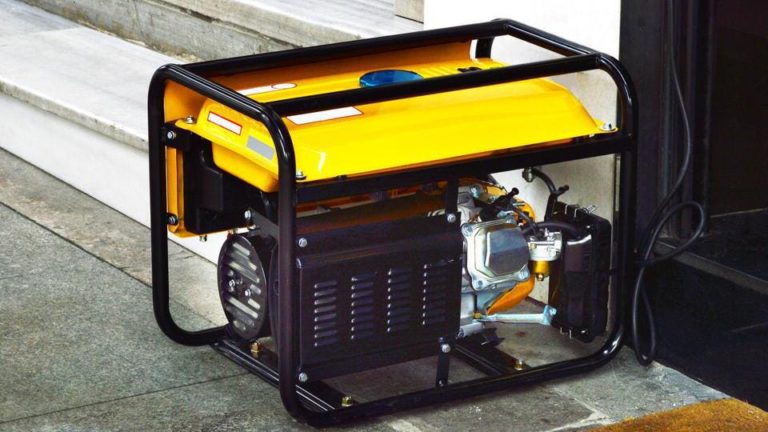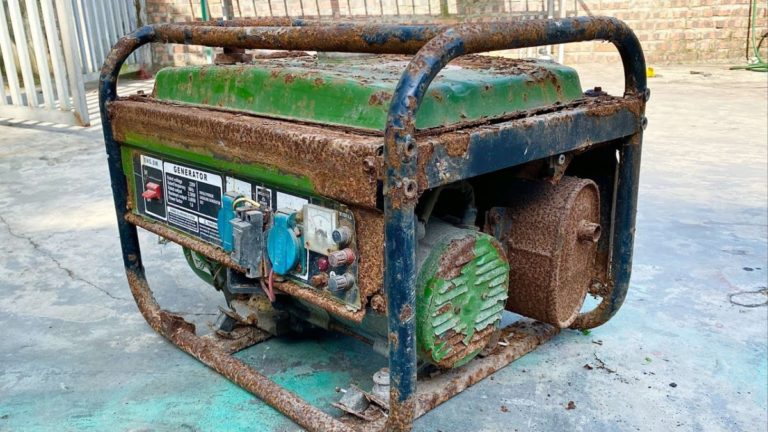If you’re looking to power your homestead with clean energy while breaking free from the grid, innovative off-grid energy solutions are the way to go!
With a range of cutting-edge technologies available, there has never been a better time to explore alternative energy sources and ditch your reliance on traditional utilities.
From solar panels and wind turbines to hydrogen fuel cells and beyond, we’ll show you how to harness the power of nature and technology to meet all your homesteading needs, while also helping to protect our planet for future generations.
Assess your energy needs
Determine how much energy you need to power your homestead by calculating your energy usage. Consider factors such as the number of occupants, lighting needs, appliance usage, and heating and cooling requirements.
To determine how much energy you need, you’ll need to calculate your energy usage.
Start by considering the number of occupants in your home, as this will help you determine the amount of lighting and heating and cooling requirements you’ll need to accommodate.
Next, evaluate your appliance usage, including refrigeration, cooking, and laundry.
Don’t forget to account for any energy-intensive hobbies or activities, such as power tools or home brewing.
Once you have a sense of your overall energy needs, you can begin exploring off-grid energy solutions.
Renewable energy sources such as solar, wind, and hydro power can all be viable options for homesteads, depending on your location and resources.
For example, solar panels can be installed on your roof to provide electricity, while a small wind turbine can be placed on a nearby hill to generate additional power.
You may want to consider investing in energy-efficient appliances and lighting, as these can help reduce your energy consumption and stretch your off-grid energy supply.
Overall, assessing your energy needs and exploring off-grid energy solutions can help you create a self-sufficient and sustainable homestead.
Consider renewable energy sources
Look into renewable energy sources such as solar, wind, and hydroelectric power to meet your energy needs. These sources are clean, sustainable, and can significantly reduce your energy costs.
One of the most effective ways to reduce your energy costs and live off the grid is by using renewable energy sources.
Solar, wind, and hydroelectric power are all clean, sustainable options that can provide a reliable source of energy for your home or business.
Not only do these sources reduce your reliance on the grid, but they also offer long-term cost savings.
Solar panels, for instance, can pay for themselves over time through the money you save on energy bills.
Wind and hydroelectric power can provide a consistent source of energy, regardless of the weather or time of day.
By investing in renewable energy sources, you’ll not only reduce your carbon footprint but also increase your energy independence and security.
With the right equipment and installation, you can enjoy a reliable and sustainable source of energy that’s perfect for off-grid living.
Off-grid energy solutions are a great way to live sustainably and save money on energy costs.
Consider renewable energy sources such as solar, wind, and hydroelectric power to meet your energy needs.
These sources are clean, sustainable, and can significantly reduce your energy costs.
By switching to renewable energy sources, you’ll be taking a important step towards reducing your carbon footprint and contributing to a cleaner, healthier environment for future generations.
Use energy-efficient appliances
Replace traditional incandescent bulbs with LED bulbs and use energy-efficient appliances to reduce your energy consumption.
Using energy-efficient appliances and off-grid energy solutions can significantly reduce your energy consumption and lower your utility bills.
Traditional incandescent bulbs, for example, are highly inefficient and consume much more energy than they need to.
By replacing them with LED bulbs, which use up to 90% less energy, you can instantly reduce your energy consumption.
Using energy-efficient appliances such as Energy Star certified refrigerators, washing machines, and dishwashers can help reduce your energy consumption by up to 20%.
These appliances not only consume less energy, but they also last longer and are more reliable, saving you money in the long run.
Off-grid energy solutions, such as solar panels and wind turbines, can also help reduce your energy consumption by providing a reliable source of renewable energy.
These systems can be connected to your home’s electrical grid or used as a standalone power source, and can provide a significant portion of your energy needs.
By using a combination of energy-efficient appliances and off-grid energy solutions, you can not only reduce your energy consumption but also rely less on the grid, making you more self-sufficient and resilient to power outages.
With the right knowledge and equipment, you can take control of your energy consumption and reduce your carbon footprint, making a positive impact on the environment and your wallet.
Incorporate passive solar design
Design your homestead to take advantage of natural light and heat. Use large south-facing windows to maximize natural light and install thermal mass materials such as concrete or stone to store heat.
Incorporating passive solar design into your homestead can significantly reduce your reliance on external energy sources and lower your carbon footprint.
By leveraging natural light and heat, you can create a comfortable and self-sustaining living space without relying on fossil fuels.
The key to passive solar design is to orient your homestead to maximize natural light and heat from the sun.
For example, you can position large south-facing windows to let in natural light and install thermal mass materials such as concrete or stone to store heat.
Thermal mass materials absorb and release heat, allowing your home to remain warm during the winter and cool during the summer.
You can incorporate features such as a greenhouse or a sunroom to further take advantage of natural light and heat.
By incorporating passive solar design into your homestead, you can not only reduce your energy consumption but also create a comfortable and sustainable living space.
Off-grid energy solutions such as solar panels and wind turbines can further supplement your energy needs, allowing you to live a truly self-sufficient lifestyle.
With passive solar design, you can create a functional and sustainable homestead that minimizes its impact on the environment.
Install a rainwater harvesting system
Collect and store rainwater for irrigation, toilet flushing, and other non-potable uses. This can significantly reduce your water consumption and save you money on your water bill.
Installing a rainwater harvesting system can be a highly effective off grid energy solution for reducing your water consumption and saving you money on your water bill.
By collecting and storing rainwater, you can use it for irrigation, toilet flushing, and other non-potable purposes, thereby reducing your reliance on municipal water supplies.
This is particularly beneficial in regions with low rainfall or water scarcity, where access to clean water may be limited.
A rainwater harvesting system typically consists of a collection surface (such as a roof or a specialized collection device), a storage tank, and piping and fixtures for distributing the collected water throughout your property.
The system can be customized to meet your specific needs and can be designed to capture and store rainwater from a single storm event or from ongoing rainfall over a longer period of time.
By investing in a rainwater harvesting system, you can not only reduce your water consumption and save money on your water bill, but you can also reduce your carbon footprint and contribute to a more sustainable and self-sufficient lifestyle.
Rainwater harvesting systems can be easily integrated with other off grid energy solutions, such as solar panels and wind turbines, to create a comprehensive and highly efficient renewable energy system.
Incorporate a greywater system
Install a greywater system to collect and reuse wastewater from sinks, showers, and washing machines. This can help irrigate your plants and reduce your water consumption.
If you’re looking to live a more sustainable lifestyle, incorporating a greywater system into your home is a highly effective and easy-to-implement solution.
A greywater system collects and reuses wastewater from sinks, showers, and washing machines to irrigate your plants and reduce your water consumption.
This off-grid energy solution is perfect for those looking to reduce their environmental impact while also saving money on their water bills.
In a typical greywater system, the wastewater is collected in a holding tank and then treated using natural filters or biological processes to remove impurities.
Once treated, the greywater can be used for irrigation, toilet flushing, or even washing clothes.
By reusing this wastewater, you can significantly reduce your household’s water consumption, which not only benefits the environment but also saves you money on your water bills.
For example, you can purchase a pre-made greywater system or build one yourself using simple materials like PVC pipes and a storage tank.
Incorporating a greywater system into your home is a simple yet effective way to live a more sustainable lifestyle and reduce your environmental footprint.
By reusing wastewater, you can save money on your water bills, reduce your reliance on municipal water supplies, and contribute to a more sustainable future for our planet.
Use energy-efficient lighting
Replace traditional lighting with energy-efficient lighting such as LED or solar-powered lights. This can help reduce your energy consumption and save you money.
One of the most effective ways to reduce your energy consumption and save money on your electricity bill is to replace traditional lighting with energy-efficient lighting solutions.
LED (Light Emitting Diode) lights, for instance, are up to 80% more efficient than incandescent bulbs and can last up to 25 times longer.
Not only do they use less energy, but they also produce less heat, which can help reduce cooling costs during the summer months.
Solar-powered lights are another excellent option for off-grid energy solutions.
These lights use photovoltaic panels to convert sunlight into electricity, providing a free and sustainable source of power.
By installing energy-efficient lighting solutions, you can not only save money on your energy bill but also reduce your carbon footprint, making your home more environmentally friendly.
Many energy-efficient lighting solutions are now affordable and widely available, making the transition to a more sustainable lighting solution easier than ever before.
Consider a microgrid
A microgrid is a small-scale power grid that can connect to the main grid or operate independently. It can be powered by renewable energy sources and can provide reliable, sustainable energy for your homestead.
A microgrid is a highly versatile and efficient energy solution that can power your homestead while also providing a high level of energy independence.
Unlike traditional grid systems, a microgrid can operate independently of the main grid, relying on renewable energy sources such as solar, wind, and hydro power.
This means that you can generate your own electricity and rely less on the grid, reducing your carbon footprint and energy costs.
A microgrid can be designed to include energy storage solutions such as batteries, allowing you to store excess energy generated by your renewable sources and use it during periods of low energy production.
This can provide a reliable and sustainable source of energy for your homestead, even during periods of severe weather or other energy disruptions.
Off-grid energy solutions such as microgrids are becoming increasingly popular as people look for ways to reduce their energy costs and carbon footprint.
By investing in renewable energy sources and energy storage solutions, you can create a self-sufficient and sustainable energy system for your homestead that is not only environmentally friendly but also cost-effective in the long run.
With the right planning and implementation, a microgrid can provide a reliable source of energy for your homestead, regardless of what the future holds for the energy landscape.
Want More? Dive Deeper Here!
Hey there! If you’re the type who loves going down the rabbit hole of information (like we do), you’re in the right spot. We’ve pulled together some cool reads and resources that dive a bit deeper into the stuff we chat about on our site. Whether you’re just killing time or super into the topic, these picks might just be what you’re looking for. Happy reading!
- Yale Students Design an Off-Grid Renewable Energy System for a Montana Ranch | Yale Center for Business and the Environment
- (PDF) Off-grid Access to Electricity Innovation Challenge | Debajit Palit and Thomas Hebo Larsen – Academia.edu
- MIT Solve | SOLshare – Overview
- (DOC) Engineering the Secret Engines of Off-Grid Living | Futurist Thomas Frey – Academia.edu






